Healing Pulse
*This information is not intended to Diagnose, Treat, or Cure Dis-ease or Illness, nor is it to be presented or construed, in any way, as a substitute for Professional Medical, Surgical or Psychiatric Care or Treatment.

Complementary, Alternative and Integrative Medicine
Though people often use the terms complementary medicine and alternative medicine interchangeably, there is a difference. A better understanding of these terms, along with the term integrative medicine, will help you to become more informed about complementary and alternative medicine.
Complementary medicine is a non-standard treatment or medicine that you use together with conventional treatment or medicine. For example, acupuncture, when used to treat nausea and vomiting that accompany chemotherapy or post-surgery pain, is a complementary therapy.
Alternative medicine is any of a wide range of health care practices, products and therapies that were typically not included in the degree schools of Western-style medicine. Examples include Ayurveda, Homeopathy, Chiropractic and Acupuncture.
Integrative medicine is, according to the U.S. National Center for Complementary and Alternative Medicine (NCCAM), a combination of standard medical therapies and complementary or alternative therapies about which there is scientific evidence of safety and effectiveness. As practitioners of conventional Western medicine pay more and closer attention to the benefits of many complementary and alternative therapies and determine how to use or recommend them, the mainstream health care system becomes more integrative.
-
Love Yourself Healthy

The latest trends in medical science suggests that there will be more focus on energy medicine and use of integrated medicine in order to deliver a holistic healing to all the patients. Alternative healing techniques such as EFT, Reiki and other techniques are now being widely used to relieve patients of pain and suffering. Not only these techniques are used for pain management, but they are also found effective in bringing in greater wellness and positivity.
Read articles and learn about all the facts related to How to Love Yourself Healthy!
- Health Yourself
-
Fantastic Food

-
Cannabis: Renegade Healer

-
Ho'oponopono
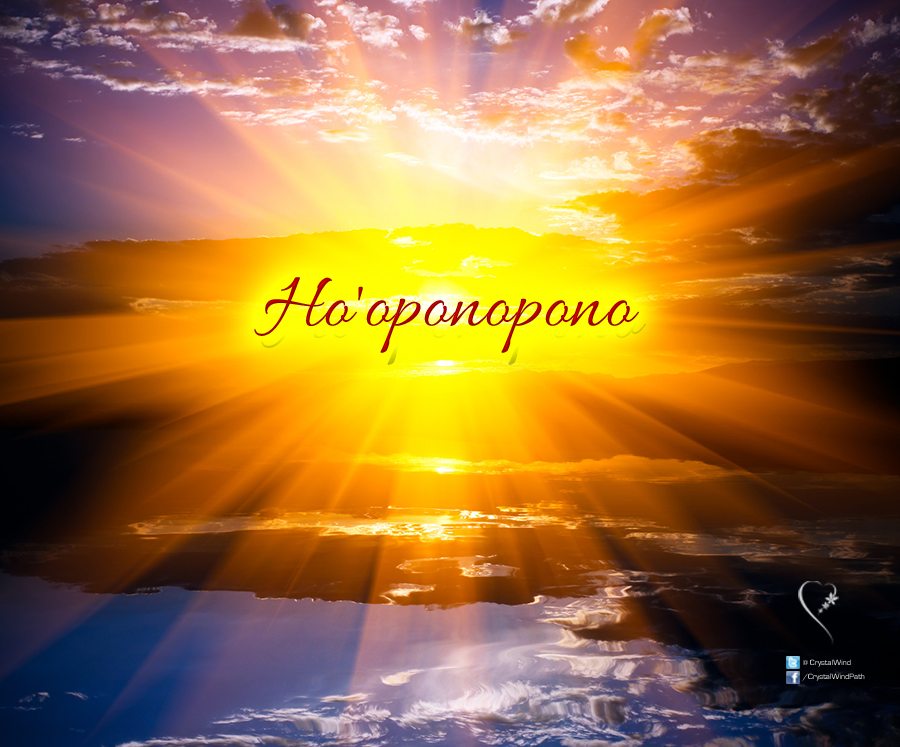
Ho'oponopono means to make right. Essentially, it means to make it right with the ancestors, or to make right with the people with whom you have relationships. We believe that the original purpose of Ho'oponopono was to correct the wrongs that had occurred in someone's life including Hala (to miss the thing aimed for, or to err, to disobey) and Hewa (to go overboard or to do something to excess) which were illusions, and even 'Ino (to do harm, implying to do harm to someone with hate in mind), even if accidental.
-
Armchair Psychology
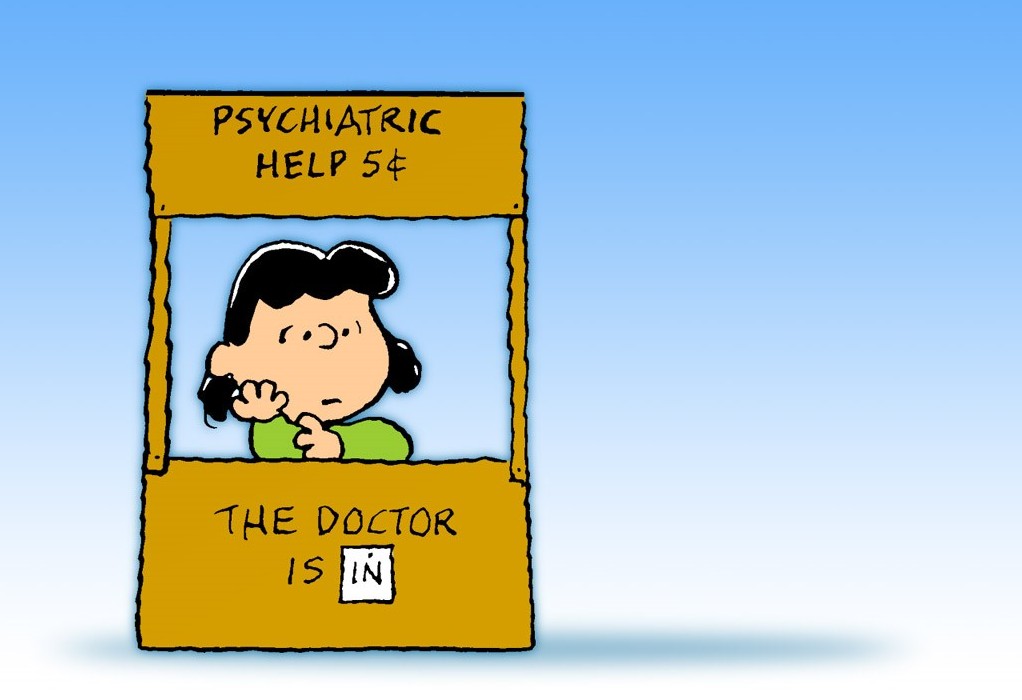
Psychology is the science of the mind and behavior. The word "psychology" comes from the Greek word psyche meaning "breath, spirit, soul", and the Greek word logia meaning the study of something.
Psychology is a multifaceted discipline and includes many sub-fields of study such areas as human development, sports, health, clinical, social behavior and cognitive processes.
Psychology is the scientific study of how we think, feel and behave.Why do you act the way you do? Have you ever wondered why some people are the life of the party and others prefer to curl up with a good book? Or why you remember certain events but not others? People have studied the mind and how it works since the time of the ancient Greeks, but the scientific study of psychology only dates back to a little over a hundred years ago.
-
Alternative Medical Systems
Alternative Medical Systems are built upon complete systems of theory and practice. Often, these systems have evolved apart from and earlier than the Western medical and scientific traditions. Examples of alternative medical systems include:
Ayurveda, Homeopathy, Native American Healing, Naturopathic Medicine, Tibetan Medicine, Traditional Chinese Medicine
-
Ayurveda
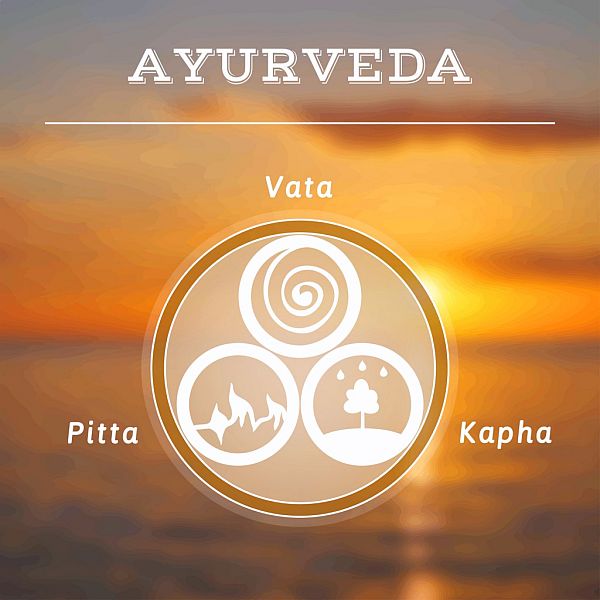
Ayurveda is a complete medical system that has been practiced in India for at least 5,000 years. It is a holistic approach to health that is designed to help people live long, healthy, and well-balanced lives. Both prevention (maintenance of good health) and healing are carried out by entirely natural means. According to Ayurveda, health is a perfect state of balance among the body's three fundamental energies, or doshas (vata, pitta, kapha). The term Ayurveda is taken from the Sanskrit words ayus, meaning life or lifespan, and veda, meaning knowledge.
As a science of self-healing, Ayurveda encompasses diet and nutrition, lifestyle, exercise, rest and relaxation, meditation, breathing exercises, and medicinal herbs, along with cleansing and rejuvenation programs for healing body, mind and spirit. Adjunct therapies such as sound, colour, and aromatherapy may also be employed.
-
Homeopathy

Homeopathy is an alternative medical system developed by Samuel Hahnemann in 1796, grounded in the core idea that a substance capable of causing symptoms in a healthy individual can be used to treat similar symptoms in someone who is unwell. During a patient consultation, homeopaths assess both the physical and psychological conditions of the individual—key factors in determining the appropriate remedy. Hahnemann proposed that through a process of serial dilution, accompanied by vigorous shaking at each step, the harmful effects of the substance are eliminated, leaving behind its beneficial essence preserved in the diluent, such as water, sugar, or alcohol.
Step into the realm of homeopathy—a gentle, holistic healing practice that has been promoting well-being for over 200 years. Built on the concept of 'like cures like,' it harnesses highly diluted natural substances to awaken the body’s innate ability to heal itself. Whether you’re just discovering this intriguing approach or are already a dedicated follower, browse our array of articles below to uncover more about its origins, remedies, and practical uses. Join us on this path toward harmony and vitality.
-
Naturopathy
Naturopathy, or naturopathic medicine, is a system of medicine based on the healing power of nature. Naturopathy is a holistic system, meaning that naturopathic doctors (N.D.s) strive to find the cause of disease by understanding the patient as a totality of body, mind, and spirit. Most N.D.s use a wide variety of therapies and techniques.
In North America, the principles of naturopathy were introduced by Dr. Benedict Lust. He used the term "naturopathy" to describe a clinical practice which integrated natural healing methods such as acupuncture, botanical medicine, homeopathy, manipulative therapy, nutritional therapy, and lifestyle counselling.
-
Traditional Chinese Medicine

Traditional Chinese Medicine (TCM) is a complete medical system that has been used to diagnose, treat, and prevent illnesses for more than 2,000 years. TCM is based on a belief in yin and yang —defined as opposing energies, such as earth and heaven, winter and summer, and happiness and sadness. When yin and yang are in balance, you feel relaxed and energized. Out of balance, however, yin and yang negatively affect your health.
All kinds of ailments can be treated by traditional Chinese medicine; some diseases may be more effectively treated by acupuncture, others are more effectively treated by herbs, and still others may be treated by food cures. In general, pain and muscular symptoms are treated by acupuncture, and skin diseases are treated by herbs. TCM includes various forms of dietary therapy, herbal medicine, acupuncture, massage (Tui na), and exercise (quigong). In all cases, it is necessary for a doctor of traditional Chinese medicine to make a diagnosis before deciding on an appropriate treatment. TCM diagnosis begins by tracing symptoms to patterns of an underlying disharmony by measuring the pulse, inspecting the tongue, skin and eyes, and learning about the patient's eating and sleeping habits.
-
Ayurveda
-
Mind-Body Techniques
Mind-Body therapies involve a variety of techniques designed to enhance the mind's capacity to affect bodily functions and elicit the relaxation response. There is now compelling proof that the mind can heal the body. Using mind-body practices such as mindfulness meditation, yoga, deep breathing and visualization, these techniques have been shown to slow down the heart rate; blood pressure falls, digestion eases and immunity strengthens. Other mind-body techniques include art therapy, biofeedback, dance therapy, humor therapy, hypnotherapy, music therapy and prayer therapy.
Mind-Body integration techniques stress self-awareness and movement over physical manipulations by a practitioner.
-
Biofeedback
Biofeedback is a form of alternative medicine that involves measuring a subject's quantifiable bodily functions such as blood pressure, heart rate, skin temperature, sweat gland activity, and muscle tension, conveying the information to the patient in real-time. This raises the patient's awareness and conscious control of their unconscious physiological activities.
By providing the user access to physiological information about which he or she is generally unaware, biofeedback allows users to gain control of physical processes previously considered an automatic response of the autonomous nervous system. Interest in biofeedback has waxed and waned since its inception in the 1960s; it is, however, undergoing something of a renaissance during the early 21st century, which some experts attribute to the general rise in interest about all alternative medicine modalities. Neurofeedback, a type of biofeedback treatment, has also become a popular treatment for Attention Deficit/Hyperactivity Disorder. Electromyogram biofeedback, used for muscle tension, has been widely studied and is currently accepted as a treatment for incontinence disorders, and small biofeedback machines are becoming available for a variety of uses in the home. The role of biofeedback in controlling hypertension is also becoming recognized.
The Association for Applied Psychophysiology and Biofeedback, or AAPB is the non-profit scientific and professional society for biofeedback, much akin to the American Psychological Association.
From Wikipedia, the free encyclopedia
-
EFT
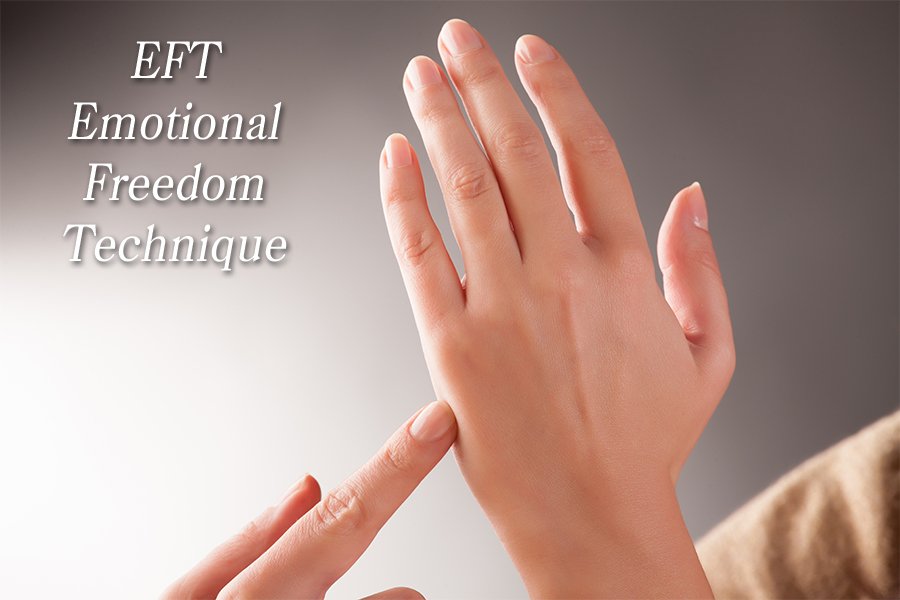
Emotional Freedom Techniques (EFT) is a form of counseling intervention that draws on various theories of alternative medicine including acupuncture, neuro-linguistic programming, energy medicine, and Thought Field Therapy. It is best known through Gary Craig's EFT Handbook, published in the late 1990s, and related books and workshops by a variety of teachers. During a typical EFT session, the person will focus on a specific issue while tapping on "end points of the body's energy meridians". Practitioners claim that they can use the technique to treat a wide variety of physical and psychological disorders, and that it may also be used as a simple form of self administered therapy.
The available evidence from studies done on EFT have shown that while there may be small effects from use of this technique, they are likely due to well recognized conventional psychological techniques often used with the tapping, rather than the purported "energy" mechanisms. This technique is generally characterized as pseudoscience and has not garnered significant support in clinical psychology.
- Tibetan Rejuvenation Rites
-
Yoga
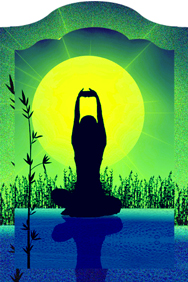
Yoga, derived from the Sanskrit word meaning "union," is a philosophy that connects the body, breath, and mind to energize and balance the whole person. This mind-body therapy involves physical postures, breathing exercises, and meditation to improve overall well-being.
There are many different kinds of yoga, so it is important to find out which style of yoga is right for you.
Some of the most popular varieties include: Bikram Yoga, Hatha Yoga, Vinyasa Yoga, Kundalini Yoga, Ashtanga Yoga, Iyegar Yoga, Anusara Yoga, Restorative Yoga, and Jivamukti Yoga
-
Biofeedback
-
Energy Therapies
Energy medicine is one of five domains of “complementary and alternative medicine” (CAM) identified by the National Center for Complementary and Alternative Medicine (NCCAM) in the United States.
NCCAM distinguishes between complementary and alternative interventions involving actual, well-known forms of physical energy ("Veritable Energy Medicine"), and those involving "energies" of unclear nature, as with the Chinese concept of Qi or the Indian concept of prana, which are invoked in the traditional medicine of those countries without being defined in any way that offers ready quantifiability and falsifiability ("Putative Energy Medicine")
Types of Veritable Energy Medicine include magnet therapy and light therapy, collectively referred to as electromagnetic therapy. Mainstream medicine involving electromagnetic radiation (radiation therapy) is not accounted "electromagnetic therapy" in the terms of complementary medicine. Cymatic therapy uses sound waves.
Types of Energy Medicine involving Putative Energy Fields include acupuncture, qi gong, Reiki and related concepts involving the notion of Qi, the similar idea of Prana in Indian Ayurvedic medicine as well as homeopathy, Therapeutic Touch, distant healing (under which NCCAM counts intercessory prayer) and related concepts.
-
Color Energy and Therapy
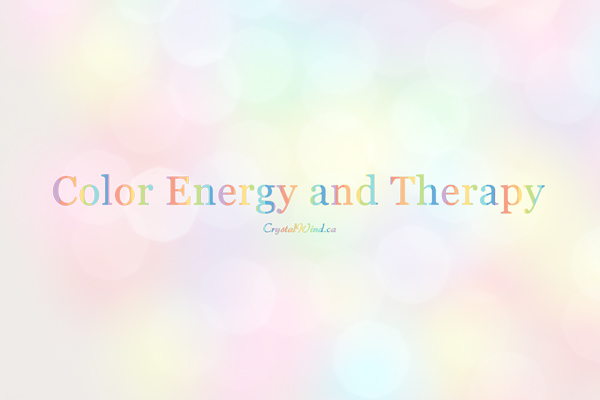
Colour is simply light of different wavelengths. Each colour has its own specific wavelength and vibration. These wavelengths resonate with energies in different areas of the body. We absorb colour energy through the eyes, the skin and the electro magnetic field or aura. Colour can be used on the body in a number of different ways.
Each color has its own light frequency or energy. Color therapy is when the vibrations of light are used to stimulate the body to promote healing. This can be done by using colored lights, colored crystals, color meditation, colors of environment and adornment, and other means.
-
Electromagnetic Therapies
Electromagnetic therapy, is a form of alternative medicine which claims to treat disease by applying electromagnetic radiation or pulsed electromagnetic fields (PEMF) to the body. There is no scientific evidence that electromagnetic therapy is effective in treating any condition. Practitioners claim that these methods can treat a wide range of ailments, including ulcers, headaches, burns, chronic pain, nerve disorders, spinal cord injuries, diabetes, gum infections, asthma, bronchitis, arthritis, cerebral palsy, heart disease and cancer.
Even though some of the early works in bioelectromagnetics are being successfully applied in clinical medicine, there is no relationship between alternative devices or methods which use externally applied electrical forces and the use of electromagnetic energy in mainstream medicine.
Source: Wiki
-
Polarity Therapy
Polarity Therapy is the art and science of stimulating and balancing the flow of life energy within the human being. The term Polarity relates to one of the fundamental laws of nature, namely the attraction and union of opposites through a balanced middle point.
The human body is an energy system like a battery or magnet. It has positive, negative and neutral poles and currents of energy that flow through them. Polarity Therapy concerns itself with the flow of a very subtle high-frequency energy which in the East is called prana or chi, but which is perhaps best referred to in this context as life-energy.
Free-flowing
To maintain good health the life energy must flow freely and easily through the entire body. There should be no areas of excess or depletion. The complete energy system must be balanced however and the balance looked for is not a static one but rather a dynamic uninterrupted cyclic flow of energy.
Polarity Therapy uses four different approaches to balancing the life energy: body work, nutrition, exercise and counseling. A typical polarity session will consist of a body work treatment and a combination of work in the other three areas.
-
Reiki
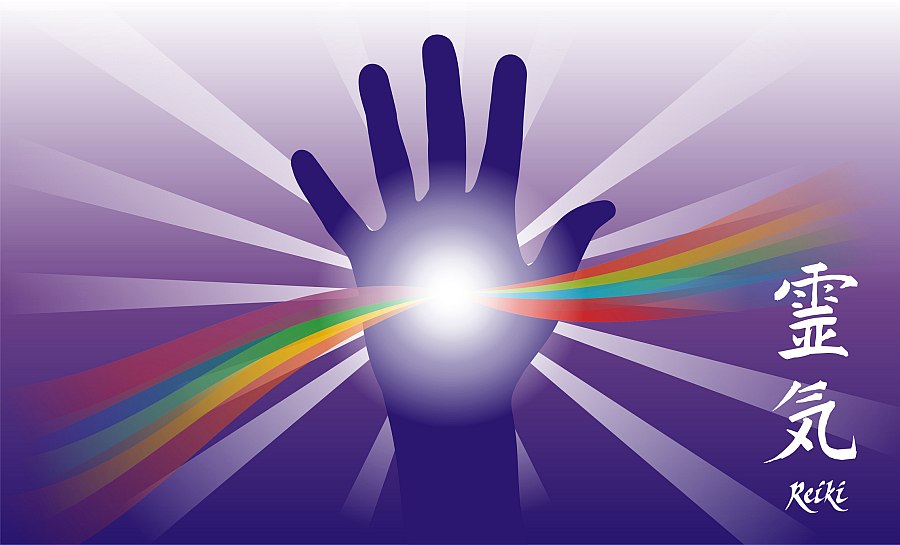
Reiki (霊気?, English pronunciation: /ˈreɪkiː/) is a spiritual practice developed in 1922 by Japanese Buddhist Mikao Usui. It uses a technique commonly called palm healing as a form of complementary and alternative medicine and is sometimes classified as oriental medicine by some professional bodies. Through the use of this technique, practitioners transfer healing energy in the form of ki through the palms.
There are two main branches of Reiki, commonly referred to as Traditional Japanese Reiki and Western Reiki. Within both Traditional and Westernised forms of Reiki, there are three forms of degrees, commonly referred to as the First, Second, and Master/Teacher degree. According to Reiki practitioners and Masters, at First Degree, a Reiki practitioner is able to heal himself and others, at Second Degree is able to heal others distantly (commonly called distant healing) with the use of specialised symbols, and at Master level (specifically Master/Teacher level) is able to teach and attune others to Reiki.
A 2008 systematic review of randomised clinical trials concluded that "..the evidence is insufficient to suggest that reiki is an effective treatment.." for the conditions studied (depression, pain and anxiety, and others).
-
Sound Therapy
Sound healing is the therapeutic application of sound frequencies to the body/mind of a person with the intention of bringing them into a balanced state of harmony and health.
Our organs, chakras and different areas of our bodies, all sing a different note, which when blended together, produce a symphony that is as unique as a fingerprint. In an ideal world we would all be in harmony and balance, but due to the constant bombardment of factors (stress, negative energy, pollution etc) we are often being pulled 'out of tune' with our true song, therefore resulting in dis-ease.
-
Therapeutic Touch
Therapeutic touch (commonly shortened to "TT"), known by some as Non-Contact Therapeutic Touch (NCTT), is an energy therapy which practitioners claim promotes healing and reduces pain and anxiety. Therapeutic Touch is a registered trademark in Canada for the "structured and standardized healing practice performed by practitioners trained to be sensitive to the receiver's energy field that surrounds the body;...no touching is required." The College of Nurses of Ontario includes Therapeutic Touch as a complementary health-related therapy that is among permitted nursing interventions. New York University's Department of Integrated Health Programs offers Therapeutic Touch through its Patient and Care Partner Services at the Langone Medical Center. Therapeutic Touch was developed by NYU professor Dolores Krieger.
Source: Wiki
-
Color Energy and Therapy
-
Biologically Based Therapies
 Biologically-based therapies use substances found in nature to treat illness or promote wellness. They include foods, vitamins, and both herbal and non-herbal dietary supplements. They are considered to be part of Complementary Medicine.
Biologically-based therapies use substances found in nature to treat illness or promote wellness. They include foods, vitamins, and both herbal and non-herbal dietary supplements. They are considered to be part of Complementary Medicine.-
Bach Flower Essences
Flower essences were first prepared in their modern form in England in the 1930’s by Dr. Edward Bach. Bach was a visionary healer who recognized the soul-spiritual dimensions of health decades before this awareness gained public acceptance. Bach was trained in conventional medicine, but knew that the physical symptoms he treated were intimately related to the emotional and mental condition of his patients. He sought a natural, non-toxic method of addressing inner levels of human experience. Although widely recognized as an outstanding homeopathic medical doctor, Bach left his practice to develop a new healing modality derived from the fresh blossoms of plants.
-
Bach Flower Essences
-
Manipulative and Body-Based Therapies
Manipulative and body-based methods in complementary and alternative medicine are based on manipulation and/or movement of one or more parts of the body. Some examples include Acupressure, Alexander Technique, Chirpractic, Feldenkrais Method, Massage therapy, Osteopathy, Reflexology, Rolfing, Trager Approach.
-
Aromatherapy & Essential Oils

Aromatherapy can be defined as the art and science of utilizing naturally extracted aromatic essences from plants to balance, harmonize and promote the health of body, mind and spirit. It is an art and science which seeks to explore the physiological, psychological and spiritual realm of the individual's response to aromatic extracts as well as to observe and enhance the individual's innate healing process.
An essential oil is a concentrated hydrophobic liquid containing volatile aroma compounds from plants. Essential oils are also known as volatile oils, ethereal oils, or aetherolea, or simply as the "oil of" the plant from which they were extracted, such as oil of clove. An oil is "essential" in the sense that it carries a distinctive scent, or essence, of the plant.
Interest in essential oils has revived in recent decades with the popularity of aromatherapy, a branch of alternative medicine that claims that essential oils and other aromatic compounds have curative effects. Oils are volatilized or diluted in a carrier oil and used in massage, diffused in the air by a nebulizer, heated over a candle flame, or burned as incense.
-
Alexander Technique

The Alexander Technique is a method that focuses on teaching individuals how to reduce unnecessary muscular and mental tension throughout their daily activities. Rather than being a relaxation technique or a form of exercise, it is an educational process aimed at improving body awareness and coordination. This technique addresses the way people use their bodies in everyday tasks, encouraging a balanced and natural alignment.
Practitioners of the Alexander Technique suggest that many physical problems, such as back pain or Parkinson's disease, arise from long-term misuse of the body. Common examples of such misuse include poor posture, uneven weight distribution while sitting or standing, improper head positioning, and inefficient walking or running habits. By recognizing these habits, the Alexander Technique helps individuals unlearn harmful physical patterns and return to a state of balance and poise, where the body is well-aligned and functioning optimally.
Research has shown that the Alexander Technique can be beneficial for conditions like chronic back pain and Parkinson's disease, helping improve movement and reduce discomfort. However, evidence supporting its effectiveness in treating asthma is limited and inconclusive.
Ultimately, the goal of the Alexander Technique is to guide individuals back to a natural, healthy state of bodily alignment, improving overall well-being and preventing long-term physical strain.
-
Craniosacral Therapy
Craniosacral therapy (CST), or cranial-sacral therapy, is a form of bodywork or alternative therapy focused primarily on the concept of "primary respiration" and regulating the flow of cerebrospinal fluid by using therapeutic touch to manipulate the synarthrodial joints of the cranium. To do this, a practitioner will apply light touches to a patient's skull, face, spine and pelvis Craniosacral therapy was developed by John Upledger, D.O. in the 1970s, and is loosely based on osteopathy in the cranial field (OCF), which was developed in the 1930s by William Garner Sutherland.
Practitioners of craniosacral therapy assert that there are small, rhythmic motions of the cranial bones attributed to cerebrospinal fluid pressure or arterial pressure. The premise of CST is that palpation of the cranium can be used to detect this rhythmic movement of the cranial bones and selective pressures may be used to manipulate the cranial bones to achieve a therapeutic result. However, the degree of mobility and compliance of the cranial bones is considered controversial and is a critically important concept in craniosacral therapy.
Source: Wiki
-
Feldenkrais Method

The Feldenkrais Method, developed by Moshé Feldenkrais (1904–1984), is a somatic educational system designed to enhance body awareness, reduce pain, and improve movement. It focuses on increasing self-awareness of functional movement to promote ease, reduce limitations, and improve overall well-being.
Unlike manipulative therapies, Feldenkrais is a movement pedagogy that teaches through experiential learning and self-observation during movement exploration. By expanding students’ movement repertoire, the method helps increase function and alleviate pain, fostering greater ease and enjoyment of movement.
The Feldenkrais Method is not intended for specific injury treatment, but it can address the physical dysfunction caused by poor movement habits, repetitive motions, and stress. It is often considered a complementary or integrative medicine approach. Like the Alexander Technique, Feldenkrais encourages awareness of daily movements, helping to correct long-standing habits caused by injury or environmental factors. The method includes over a thousand exercises that focus on slow, gentle, and controlled movements, covering the full range of human motion.
-
Massage Therapy
Many types of practices are associated with massage and include bodywork, manual therapy, energy medicine, and breathwork. Other names for massage and related practices include hands-on work, body/somatic therapy, and somatic movement education.
Some examples of massage therapy are: Bowen Technique, Breema®, Champissage™ (Indian Head Massage), Deep Tissue Massage, Esalen® Massage, Hilot, Koho Anma, Lomi Lomi, Myofascial Release, Myomassology, Postural Integration, Shiatsu, Structural Integration, Rolfing, Swedish Massage, Thai Massage, Trigger Point Therapy, Watsu
-
Osteopathy
Osteopathy is based on the belief that most diseases are related to problems in the musculoskeletal system and that structure and function of the body are inseparable. The musculoskeletal system is comprised of the nerves, muscles, and bones—all of which are interconnected and form the body's structure.
-
Reflexology
Reflexology is a focused pressure technique, usually directed at the feet or hands. It is based on the premise that there are zones and reflexes on different parts of the body which corresponds to and are relative to all parts, glands and organs of the entire body.
When the reflexes are stimulated, the body's natural electrical energy works along the nervous system to clear any blockages in the corresponding zones. A reflexology session seems to break up deposits (felt as a sandy or gritty area under the skin) which may interfere with this natural flow of the body's energy.
Manipulating specific reflexes removes stress, activating a parasympathetic response in the body to enable the disharmonies to be released by a physiological change in the body. With stress removed and circulation improved, the body is allowed to return to a state of homeostasis.
-
Aromatherapy & Essential Oils
Imagine a world of inspiration and healing, free for all—made possible by YOU!
Donate Now—Ignite the Magic at CrystalWind.ca!

Epilepsy - Finding A Cure
Your donation can make a difference!
Help us find a cure – donate now!
Unlock Your Light: Join Lightworkers Worldwide on CrystalWind.ca!
Follow Us!
ॐ Namasté - Blessings!
send out comes back."
© 2008-2024 crystalwind.ca. All rights reserved.
Featured This Month
Chalcedony
The Stone Of Orators Chalcedony was very popular as a decorative stone in ant... Read more
Abalone Shell
Echos Of The Ancestors Abalone strengthens the structure of the body and th... Read more
Lugh - Celtic God Of The Sun
The god Lugh was worshiped in Ireland as a deity of the sun. This connection... Read more
Cancer Mythology
The Mythology of Cancer: A Celestial Tale of Loyalty and Sacrifice Among th... Read more
Egyptian Zodiac/Astrology
Egyptian astrology was one of the earliest forms of astrology. The Egyptians w... Read more
Lammas by The Hedgewitch
Although in the heat of a Mid-western summer it might be difficult to discer... Read more
Sun in Cancer
Cancer Sun Sign Characteristics Overview The name "Cancer" comes from Latin, ... Read more
























